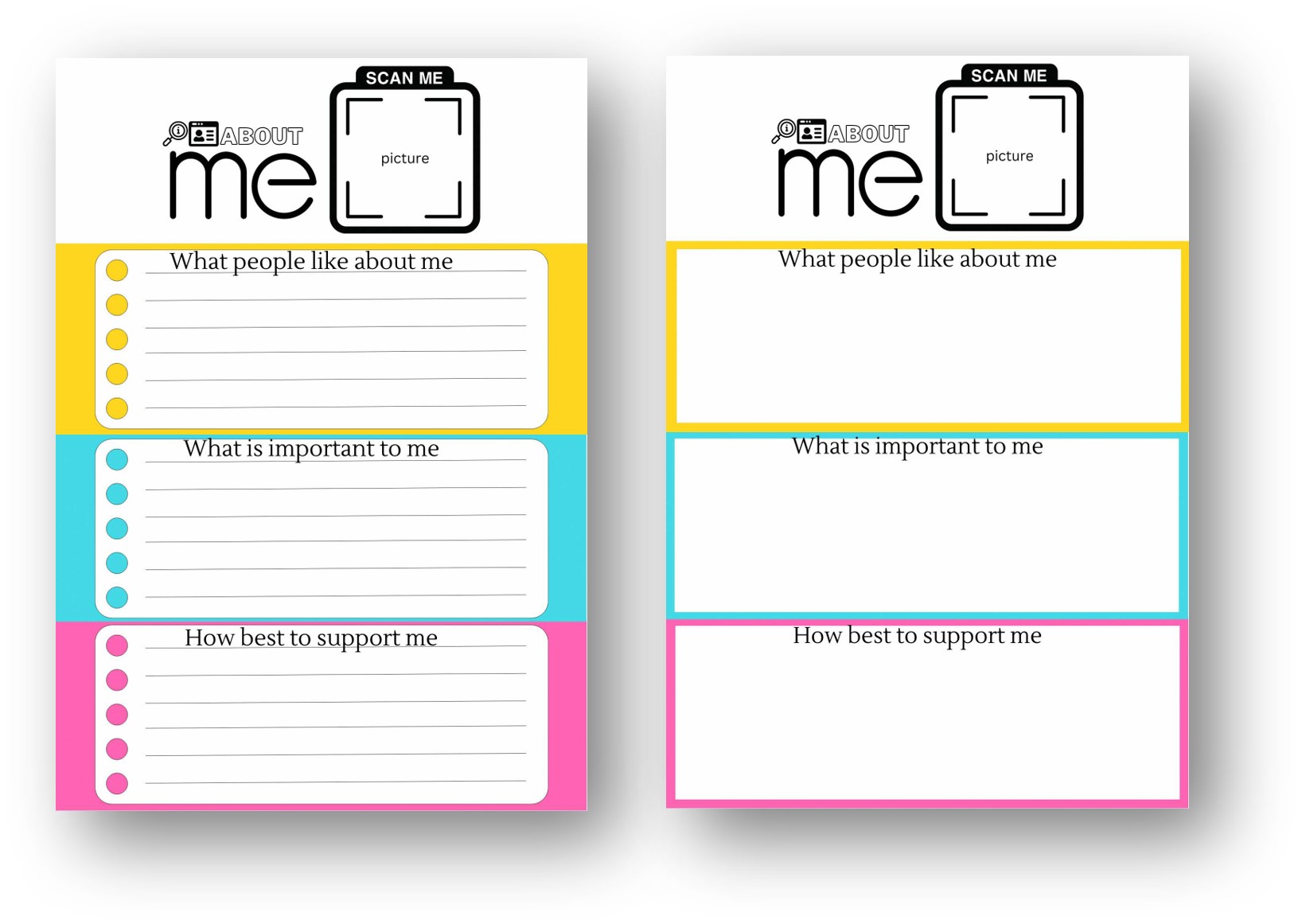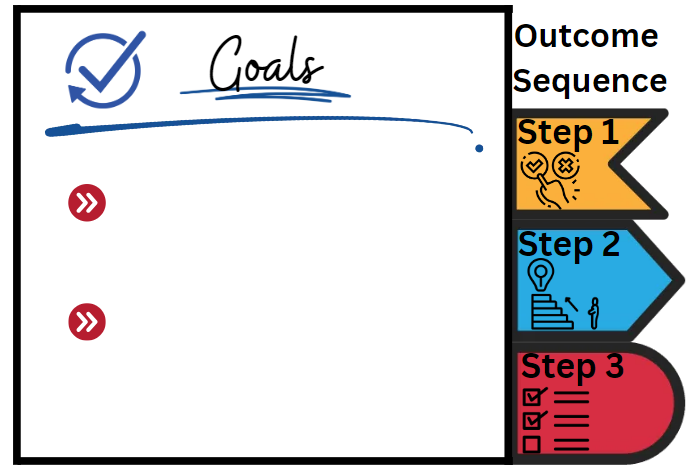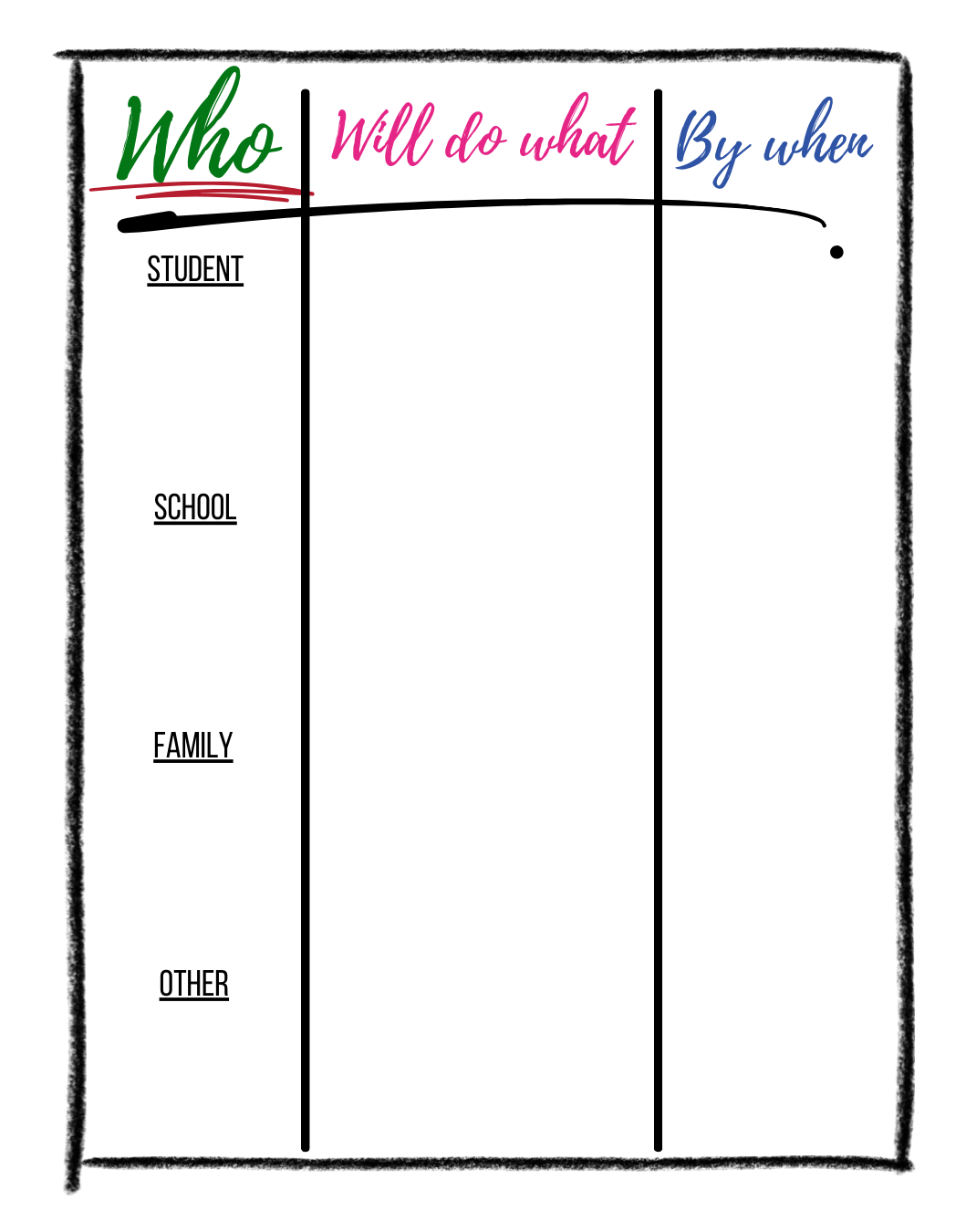Developing the ITP
/TP_Overview__FEM_and_ITP_.png)
The Individual Transition Plan (ITP) is typically developed in tandem
with the One Page Profile (OPP), with the OPP attached to the front of
the ITP.
One Page Profile (OPP)

The OPP serves as a one-page summary of the student, highlighting three
key areas:
• What people like and admire about the student
• What’s important to the student
• How best to support the student
This concise overview of the student's strengths, needs, and preferences forms the foundation for the more comprehensive ITP, ensuring that the student's voice remain at the forefront of the transition planning process.
The OPP is prepared with the student over time, incorporating input from daily observations of family, school staff and others who know the student well. It should be regularly updated throughout the school years and serves as a valuable resource across all areas of the student’s life, extending beyond just the ITP.
Components of the Individual Transition Plan (ITP)
The ITP comprises several key sections, each contributing to a comprehensive
view of the student and their transition journey. These interconnected
components ensure that the plan is holistic, personalised, and actionable.
Click on the hyperlink to learn more about supporting students in preparing
each section.
The ITP consists of the following 9 sections:
|
|
|
|---|---|---|
|
|
|
|
|
|
1. My Personal Details
This section captures personal details of the student and family or caregiver.
2. My Strengths
This section highlights the student’s strengths and abilities, drawing on information received from the student, family, school, health and care professionals.
3. My Aspirations
This section captures the student’s wishes, ambitions and dreams for their
post-graduation life, including both social and work-related aspirations.
Information can be drawn from FEM Step 2,
which incorporates perspectives from the student, family, and school staff.
Here are some examples of aspirations during FEM:

4. How I Communicate
This section outlines the student’s communication methods and preferences. Key information can be gathered from the Preparation Booklet or through appropriate PCP Tools such as Communication Chart, Decision-making Profile and Decision-making Agreement.
5. My Needs
This section outlines the students’ medical, health and care needs based on input from the student, family, school, health and care professionals, and the Preparation Booklet.
6. What’s Working, What’s Not Working
This section summarises What’s Working What’s Not Working in each life planning area, as identified in FEM Step 3. This information guides goal development through the Outcome Sequence.

7. My Goals and Action Plan
This section outlines the student’s post-school goals and short-term goals, along with an action plan for their attainment of the goals. Goals developed from the Outcome Sequence at FEM Step 4 can be refined and incorporated here. Refer to Step 3 of the Outcome Sequence for goal quality checking.
This is the Outcome Sequence used at FEM Step 4.

Actions and follow-ups from the Action Plan developed in FEM Step 5, can be incorporated into this section.
This is the Action Plan used at FEM Step 5.

8. My Transition Activities
This section outlines additional transition-related activities needed to assist the student in attaining his/her postschool goals. These activities identified through the Support Sequence in FEM Step 5 may include researching specific post-school services, applying for courses, linking families up with services, and handling administrative tasks like applications and deputyship.

9. Contributors to my ITP
The ITP is collaboratively developed, incorporating views and hopes of those supporting the student. This section lists the individuals who have contributed information to the ITP.

